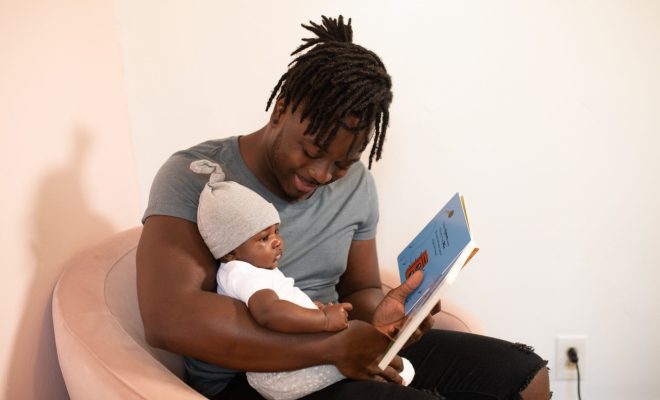Re-Reading: Everything You Need to Know

This is reading again, what has already been read once. Children often want to read their favorite book repeatedly or ask their parents or other elders to re-read it. Though adults may hate to re-read or feel annoyed by their child’s repetitive reading, re-reading has several benefits for new readers. Here’s a closer look at how re-reading can help children.
Vocabulary and Word Recognition
The more children read and re-read, the bigger their vocabulary becomes. Re-reading the same book multiple times makes the children become comfortable with and familiar with more words. They may even memorize certain words or a part of the text, expanding their vocabulary and improving their ability to recognize unfamiliar words.
Fluency
Fluency refers to a child’s ability to read a text “rapidly, accurately, and with the correct expression.” Re-reading lets a child read without stopping or stuttering, which makes the activity fun and more pleasant. Once a child has mastered a book, he would be more than willing to move on to another. Thus, re-reading helps develop a thirst for books in children, which is powerful.
Rhythm and Pattern
Language isn’t about mere words. Instead, it’s about how words sound and have relationships with each other. By re-reading their favorite stories aloud, children become aware of the text’s rhythm and pattern. For early learners who’re just learning how the language works, the onus is on parents to model reading rhythms for their children.
Comprehension
reading comprehension stands for the ability to understand all the components of a story, starting from its character development and plot to symbolism and more. It won’t be an exaggeration to call comprehension “the heart” of reading. Every time children re-read a book, they learn or discover more about the story itself. Leafing through the text or illustrations every time they re-read lets them dive deeper into the story’s plot, meaning, characters, etc. This helps them get ready to enjoy more complex narratives over time.
Fills the Gap
It’s often difficult for children to find books they enjoy. Re-reading past favorites will keep their reading habit alive until they discover their next book match.
Confidence
Re-reading improves fluency and comprehension, which bring greater reading confidence in the children. When they can follow a story without stumbling over words, they become more confident about their abilities and tend to enjoy their reading more than their peers who don’t re-read.






